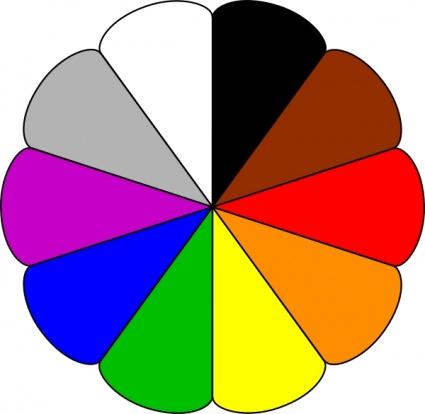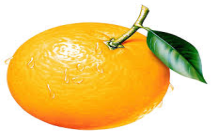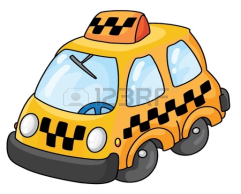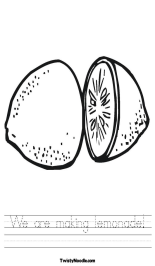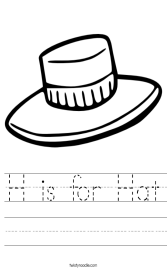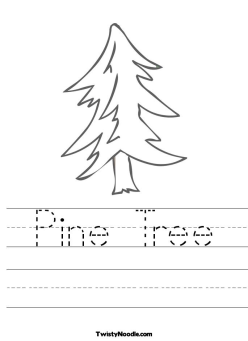Предпросмотр файла:
|
LESSON: Unit 1 All about me Colours |
School: |
|||||||
|
Date: |
Teacher name: |
|||||||
|
CLASS: 1 |
Number present: |
absent: |
||||||
|
Learning objectives(s) that this lesson is contributing to |
1.L3 recognise with support simple greetings recognise the spoken form of a limited range of basic and everyday classroom words 1.S3 pronounce basic words and expressions intelligibly 1.S1 make basic personal statements and simple statements about objects |
|||||||
|
Lesson objectives |
All learners will be able to:
|
|||||||
|
||||||||
|
Most learners will be able to: |
||||||||
|
||||||||
|
Some learners will be able to:
|
||||||||
|
||||||||
|
Previous learning |
Learners were introduced to colours in their English subject area class. |
|||||||
|
Plan |
||||||||
|
Planned timings |
Planned activities (replace the notes below with your planned activities) |
Resources |
||||||
|
Beginning
|
ORGANIZATIONAL MOMENT Pre-teaching. Teacher: How are you today? Children: We are fine, thank you! Teacher: Look at the picture and guess the topic of the lesson.
The topic of the lesson is…
Which colours can you already say in English? Can you recognize them? Children: Apple is green Orange is orange
Ice-cream is white Taxi is yellow
|
PPT
|
||||||
|
Middle
|
DEMONSTRATION Pupils pronounce basic words.
Teacher: Watch! Listen! Repeat! Teacher presents the names of colors through a short video presentation purple, blue, yellow, pink, green and pupils repeat . 2.Teacher shows the colours and the pupils name them without the Teacher’s support Pupils listen and recognise colours.
PAINTING
Teacher: You can see colors in the Art room. 1. Art teacher invites pupils to sit at the tables. Teacher explains how to use paints and brushes. 2. Pupils are given worksheets with words of colours. 3. Pupils recognize colours and paint. Teacher: 1, 2, 3! Stop!
SING- A-SONG Pupils pronounce basic words and expressions intelligibly. Pupils sing a “Colour Song” to revise the colours.
PAINTING Teacher: Colour in and describe the pictures which you hear and see in the song.
Teacher: Now we are going to practice to say colours. Repeat after me first: The apple is red. The tree is green. The ball is blue. The lemon is yellow. The hat is black. The juice is orange. Pupils come to the board one by one and describe their pictures.
READING Pupils recognise and name colours.
Teacher: You can see colours in the Library. 1.Introduce the Book Librarian shows the learners the cover of the story and introduces the title, the author and the illustrator. 2.Picture Walk
3.Read-Aloud
ASSESSMENT Pupils colour the rabbits according to the teacher’s instructions.
|
Video Learn Colours with Animal Erasers! https://www.youtube. com/watch?v=_ UIc18NlJMQ Color Songs Collection Vol. 1" https://www.youtube. com/watch?v= b8AKVfdAJuQ Crayons, worksheets
|
||||||
|
End
|
REFLECTION What is your favorite colour? How many colors do you know? Where did we see colours today? Can you paint pictures with different colours? |
Crayons, worksheets |
||||||
|
Additional information |
||||||||
|
Differentiation – how do you plan to give more support? How do you plan to challenge the more able learners? |
Assessment – how are you planning to check learners’ learning? |
Cross-curricular links |
||||||
Support:
Challenging:
|
|
|
||||||
|
Reflection Were the lesson objectives/learning objectives realistic? What did the learners learn today? What was the learning atmosphere like? Did my planned differentiation work well? Did I stick to timings? What changes did I make from my plan and why?
|
Use the space below to reflect on your lesson. Answer the most relevant questions from the box on the left about your lesson. |
|||||||
|
|
||||||||
|
Summary evaluation What two things went really well (consider both teaching and learning)? 1: 2: What two things would have improved the lesson (consider both teaching and learning)? 1: 2: What have I learned from this lesson about the class or individuals that will inform my next lesson?
|
||||||||
